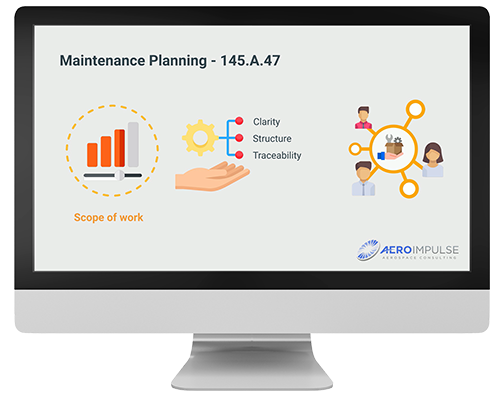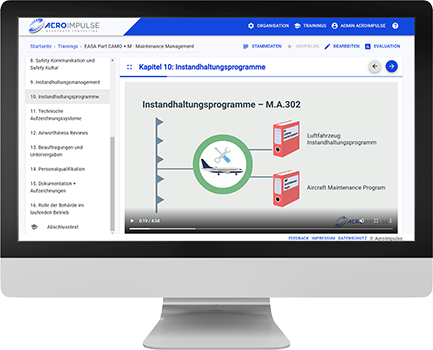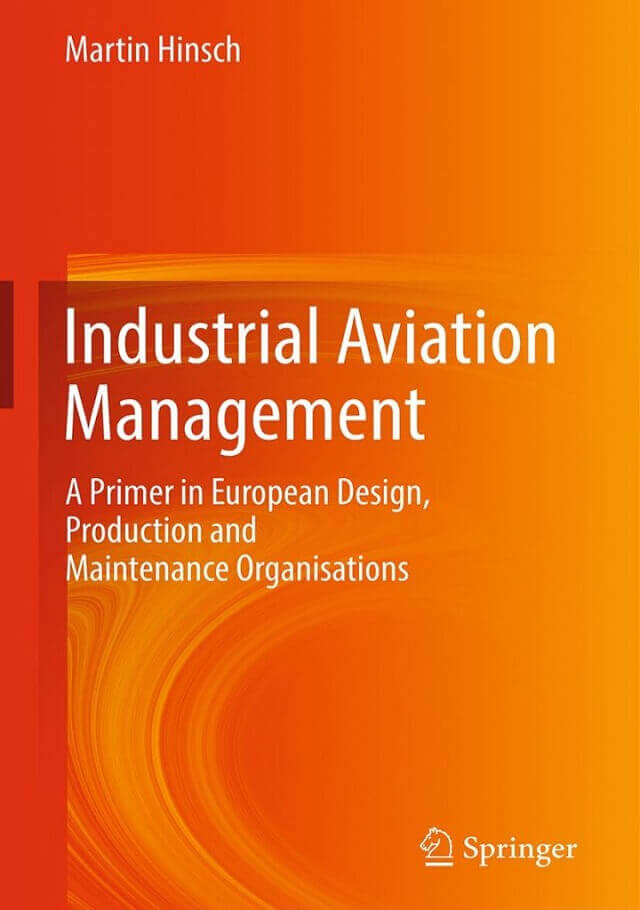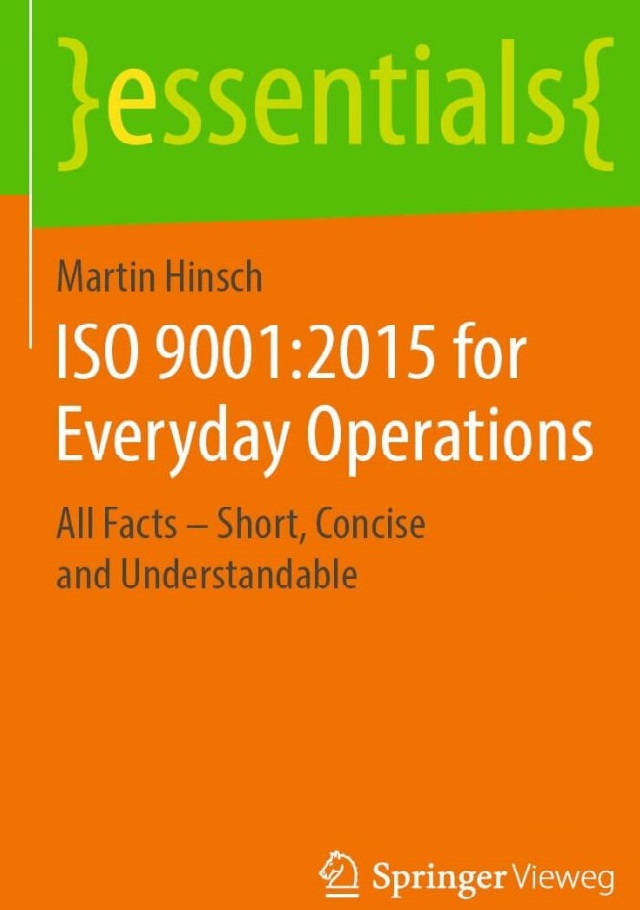Basics of the BASA MAG – Everything you need to know about the Bilateral Aviation Safety Agreement
In order to standardize the type certification, production, maintenance and operation of Aircraft, EASA and the National Aviation Authorities (NAA) of the EU member states have concluded agreements with numerous countries. These are known as “Bilateral Aviation Safety Agreements”, or BASA for short. Such agreements exist for the USA and Canada, for example. As the agreements are all similar, this post explains the BASA MAG using the example of the USA – EU agreement.
The purpose of BASA agreements is first of all very general
- to promote a high level of safety in air traffic;
- and ensure the continuation of high-level cooperation and harmonization between the EU and the United States in the design, production and continuing airworthiness environment.
In addition to these fundamental intentions, the BASA agreements also specifically setting its focus on
- the mutual recognition of the authorities and their bodies
- and, above all, definition of requirements for mutual recognition of product and component certificates as well as Maintenance Organization Approvals.
This is where the benefits for day-to-day operations and official duties lie.
BASA stands for Bilateral Aviation Safety Agreement and is a binding treaty between EU and US (and other countries) under international law.
MAG stands for Maintenance Annex Guidance and is an agreement between EASA and FAA (and some other aviation authorities).
The BASA Agreements regulate the procedures regarding
- the cross-border certification of civil aeronautical products, repair procedures and showing of compliance
- the handling of ADs and the monitoring of civil aeronautical products;
- as well as in the approval and monitoring of Maintenance Organizations, particularly in the respective other territory.
If there is no intergovernmental BASA agreement between the EU and a third country, cooperation and mutual recognitions are regulated by contracts directly between EASA and the national aviation authority of the country concerned. This is the case, for example, with the GCCA for the United Arab Emirates.
Are you already familiar with our e-learning on the BASA MAG Agreement?
- Simply press play, video-animierted E-Learning with professional voice-over
- Duration approx. 60 min (initial, modular or as a refresher)
- Automatic certificate sending after successful test
- Optionally expandable with BASA MAG training for TCCA + Triple Release
BASA Agreement – Structure of the BASAs and the associated documents
The BASA agreement is usually divided into three levels, with the level of detail increasing with each level:
- The first level is an executive agreement
- Below this, on the second level, there are appendices, so-called annexes, which contain procedures for the recognition of certifications and approvals as well as operating licenses and maintenance procedures
- At the third and lowest level, which is defined at authority level, there are
- The Technical Implementation Procedures (TIP)
- And the Maintenance Annex Guidance (MAG)
The agreements stipulate that the authorities of the other side are to be used as far as possible for local monitoring. EASA is therefore responsible for monitoring that US requirements are implemented in European Maintenance Organizations with US approval. As is so often the case, EASA is supported by the National Aviation Authorities (NAA).
On the US side, responsibility lies in the hands of the Federal Aviation Administration (FAA). In the USA, this must ensure that US Maintenance Organizations holding an EASA Approval comply with European requirements.
Introduction: BASA MAG
The executive agreement, this means the actual BASA agreement, consists of only a few pages and essentially contains obligations for constructive, trusting cooperation between the EU and the USA and their aviation authorities.
The additional protocols, on the other hand, are of particular interest:
- the Maintenance Annex Guide (MAG), which contains specifications and instructions for maintenance and repairs as well as for continuing airworthiness.
- the Technical Implementation Procedures, TIP for short. These are detailed guidelines and specifications for the design and certification of aircraft and components, including PMA parts.
It can be seen from the respective focal points that the TIPs are aimed at EASA Part 21, while the BASA MAG relates to Part 145.
Do you know our EASA Part 145 e-learning?

- Simply press play, video-animierted E-Learning with professional voice-over
- Duration ~ 180 min (Initial, Modular or as Refresher)
- Automatic certificate sending after successful test
- Basics of Part 145, QMS and SMS, Maintenance in A-Rating, and more
Structure of the BASA MAG with the FAA
The BASA MAG is divided into 5 sections.
- Section A: Authority Interaction.
- Section B: Certification for U.S.-based Repair Stations.
- Section C: Certification procedure for approved Maintenance Organizations in the EU.
- Section D: Entry into force and termination.
- Section E: Authority.
Section C is therefore particularly important for European Maintenance Organisations. This is divided into the following parts:
- Initial certification process
- Renewal of the authorization
- Change/Amendment to the approval
- Revisions to the FAA Supplement to the MOE
- Revocation, suspension and waiver
- Appeal and conflict resolution
- Appendices
Guidelines for the maintenance annex (MAG) – general
The starting point for the creation and design of the Maintenance Annex Guidance was a delta analysis between FAA and EASA requirements. For the BASA MAG, EASA Part 145 was compared with the US 14 CFR Parts 43 and 145.
Special Conditions were then derived from the deltas to cover the requirements of the other party. Only if a Maintenance Organization based in the EU and approved in accordance with EASA Part 145 meets the US Special Conditions the approval requirements for an FAA Repair Station are met.
Do you need support with BASA MAG?
We support you!
Get a non-binding offer at or
+49 (0)40 5131 5291
Approval requirements for FAA approval
In principle, any European 145 Maintenance Organisation can apply for approval as an FAA Repair Station in accordance with 14 CFR Part 145.
However, the following three things should be noted
- An approval as an FAA Repair Station is only a supplement for EU-based Maintenance Organizations. Without an EASA Part 145 approval, there is no FAA approval for European Maintenance Organizations.
- It should also be noted that the FAA approval may not exceed the EASA Part 145 scope of approval.
- The Special Conditions from the BASA MAG must be fulfilled
An EASA Part 145 approved Maintenance Organization must demonstrate compliance with the Special Conditions via an FAA Supplement to the MOE. This must be in English and structured as follows:
- Introductory part with the typical components:
- A statement from the Accountable Manager
- A description of the QM system and FAA relevant procedures
- Conditions for subcontracting
- Specific procedures related to continuing airworthiness
- As well as details of personnel qualifications and a list of forms
The AeroImpulse E-Learning on BASA MAG provides all the important information.
Once the approval as an FAA repair station has been granted, it is of course subject to obligations. These are listed in Annex 1 to the BASA Agreement:
- the Maintenance Organization must continuously comply with the requirements of EASA Part 145 and the Special Conditions;
- The FAA or the national authorities on the European side must be permitted to check compliance with EASA Part 145 and the Special Conditions at any time
- Investigations by the FAA and enforcement of any subsequent actions may be conducted in accordance with US and BASA regulations
- the Maintenance Organization must cooperate in any investigation or enforcement action
- If the regulations are complied with, the FAA may renew the initial approval after 12 months and every 24 months thereafter
EASA Form 1 – Dual-Release
European Maintenance Organizations with an additional approval as an FAA Repair Station do not issue a US release certificate FAA Form 81 30 3. Release always executed via an EASA Form 1 with Dual Release.
If the Maintenance Organization also has a Canadian TCCA approval, a Triple Release is made via an extension of the Declaration of Compliance in Field 12 of the EASA Form 1 instead of the Dual Release.
Our Books
Do you already know our books on technical aviation management?



